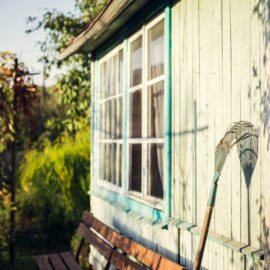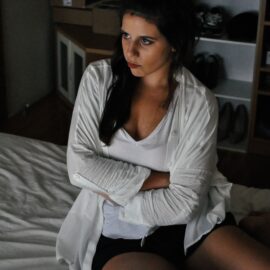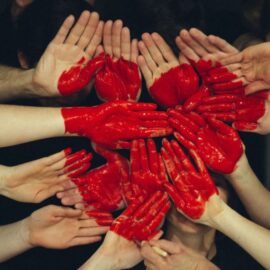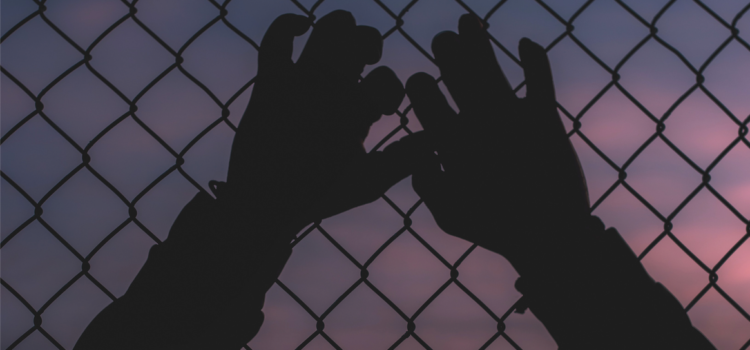
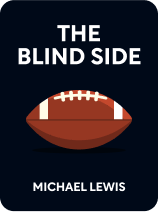
This article is an excerpt from the Shortform book guide to "The Blind Side" by Michael Lewis. Shortform has the world's best summaries and analyses of books you should be reading.
Like this article? Sign up for a free trial here .
Do the themes of The Blind Side include racism? How does the book address the racism Michael Oher faced?
In The Blind Side, racism plays an undeniable role. Michael Oher faced systemic racism growing up, and later encountered racism in his life with the Tuohys.
Read more about The Blind Side, racism, and Michael Oher.
The Blind Side: Racism and Michael’s Beginnings
In The Blind Side, racism was prevalent during Michael’s whole life. This is how racism influenced his early life.
A Boy With a Dream
In The Blind Side, racism was clear during Michael’s experiences in Hurt VIllage. Hurt Village was a harsh environment with close to 1,000 residents. There were no nuclear families, many adults didn’t have jobs, and 75% suffered from mental illness, including drug addiction. Most of the village was under the control of Delvin Lane and his gang, the Gangster Disciples (GD).
Michael stopped attending school for 18 months after arriving at Hurt Village, fearing the police would find him there and take him away again. He didn’t realize the Department of Children’s Services had already given up on placing him in a foster home. He lived a free life with no supervision or obligations, and he remembers it as being fun. Michael had few to no friends and spent a lot of time alone. His favorite pastime was shooting hoops from morning to night, what he considered to be training for his future. Michael had a dream—he wanted to be the next Michael Jordan.
Michael’s dream started in 1993 after he watched the Bulls guard make the Phoenix Suns look like a high school team. He was fast and agile, and he believed he had what it took to make it to the NBA. He made a vow to be as great as Jordan one day. No one in the world thought this little boy had anything to offer the world, but he knew differently. He knew he was destined to be a rich and famous athlete.
Michael grew quickly and got stronger, but inside, he was still a quiet and shy boy. There were only two people that Michael hung out with: a boy his age named Craig, who also loved to play basketball, and a man 10 years older named Big Zach. Zach had been a hot high school football prospect and had what would become the quintessential left tackle body. Many people mistook Michael and Big Zach for brothers because they were so similar in shape and features.
Like Michael, Tom Lemming had touted Zach as one of the brightest offensive tackles in the country, and scholarship offers rolled in. But unlike Michael, Zach had a large group of friends and a girlfriend. After he returned from a visit to Florida State, where the coach had his name already stenciled on a locker, they convinced him he wasn’t good enough for the NFL and that college was a waste of time. He listened and dropped out of school. Several years later, Zach regretted his decision. He didn’t realize how close he’d been to making it.
Perhaps it was this future regret looming in his subconscious that caused Big Zach to take Michael under his wing. He took him to the basketball court and saw that Michael was good and handled the ball well for his size. People started calling Michael “Big Mike,” but he hated it because it didn’t match the image he had in his mind. Without pictures or mirrors around, he didn’t have a true understanding of how big he was getting. He wanted to be light as air and fast with cat-like reflexes, like Jordan, so that’s who he believed he was.
Black Boy in a White World
Michael Oher encountered a lot of racism throughout his life. And even when he found success, his life was put in jeopardy as he tried to navigate the white world he was in. This all came to a head in Ole Miss when he got into a fight with a teammate, and a child was injured in the process. In The Blind Side, racism also changed when Michael became part of the Tuohy family.
Everything that had happened to Michael Oher, from his entry into Briarcrest up to his near-certain path to the NFL, was in jeopardy because of his behavior that day in the tutoring center. The center became a crime scene, with both Ole Miss and Oxford police investigating the incident. The little boy was taken to the hospital, and the father, Bobby Nix, was pressing charges. He and his wife had already lost one child.
In Memphis, Leigh Anne was frantically trying to get hold of Michael. She bounced between calls to Michael’s cellphone and Sean’s. Michael didn’t answer, and Sean was in Seattle with the Memphis Grizzlies and at a movie theater. He’d received the first call about Michael just as he and a friend were entering, and now he was on the lobby floor against a wall with his phone plugged into an outlet.
As usual, Sean was trying to figure out the best strategy for how to manage this situation. He was worried that Michael might do something drastic to himself out of fear or guilt. Sean called Hugh Freeze, who informed him that the boy had received stitches but was unharmed beyond that. Hugh also said the police were planning on arresting Michael. Sean reeled. An arrest would generate bad press and a bad reputation for Michael. He called a family friend who was also a big-time defense attorney.
During this time, Michael was driving around Oxford angry and confused. He’d never had attachments like he had with the Tuohys before, and his love for them made him vulnerable. Even he was surprised by how quickly he’d become angry after Antonio said what he did about Collins and Leigh Anne. If Michael was still the kid he was 3 years before, he’d have kept going and never looked back. But he had a family he loved now, so he called Sean.
Sean told Michael to turn himself in to the Ole Miss police. Afterward, Sean called the boy’s father and any other person with sway in the case and explained who Micahel was and what had happened. He promised to cover the medical bills and damage incurred and got the campus police to handle the situation without the city police.
At the end of it all, Michael completed 10 hours of community service, made a series of apologies, and returned to his life without a single word being written about the incident. He received the rich-white-kid treatment, and no one was the wiser.

———End of Preview———
Like what you just read? Read the rest of the world's best book summary and analysis of Michael Lewis's "The Blind Side" at Shortform .
Here's what you'll find in our full The Blind Side summary :
- How Michael Oher went from the projects in Memphis to the NFL
- Why the combination of size and speed became essential for football stars
- How Oher was taken in by the wealthy Tuohy family

